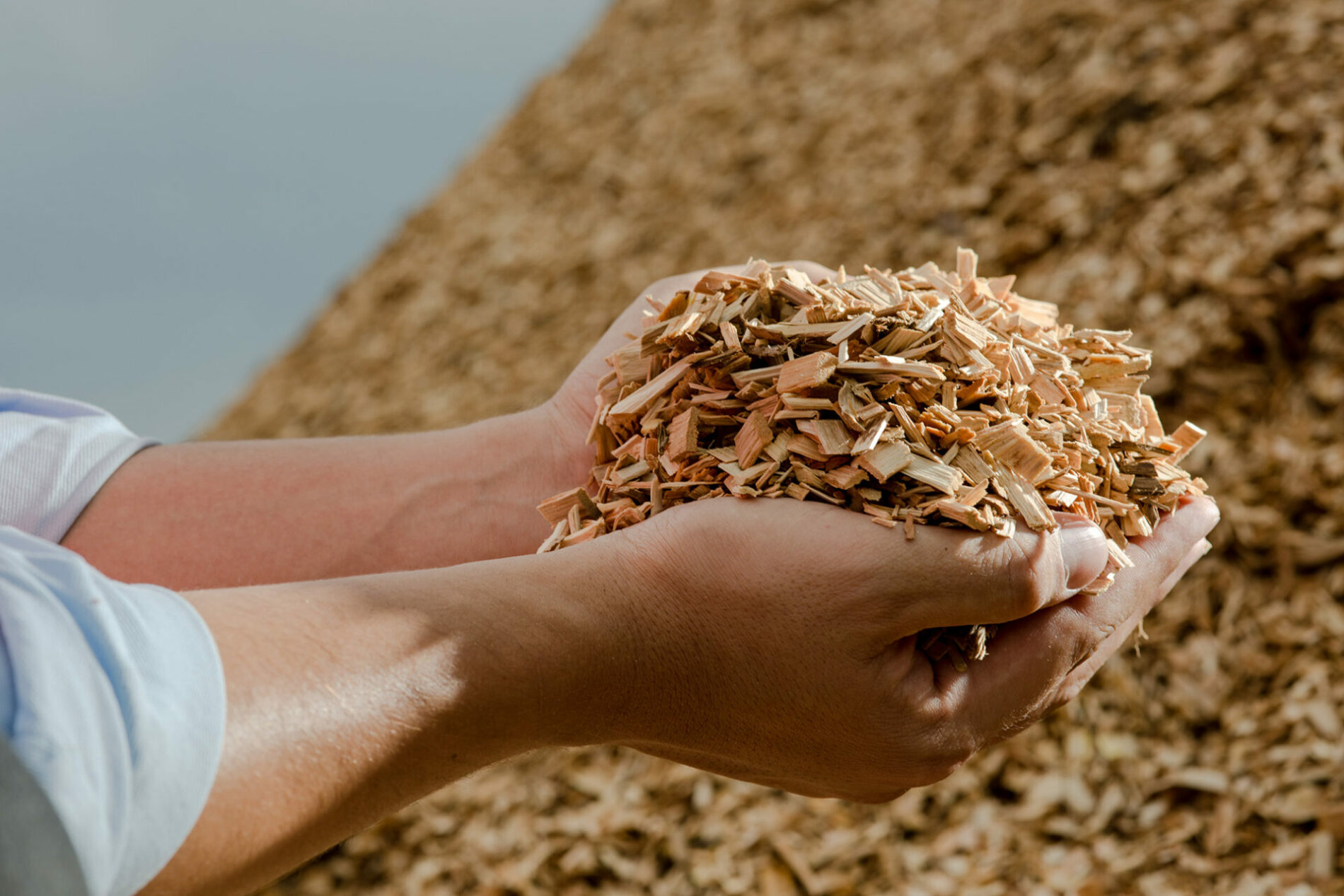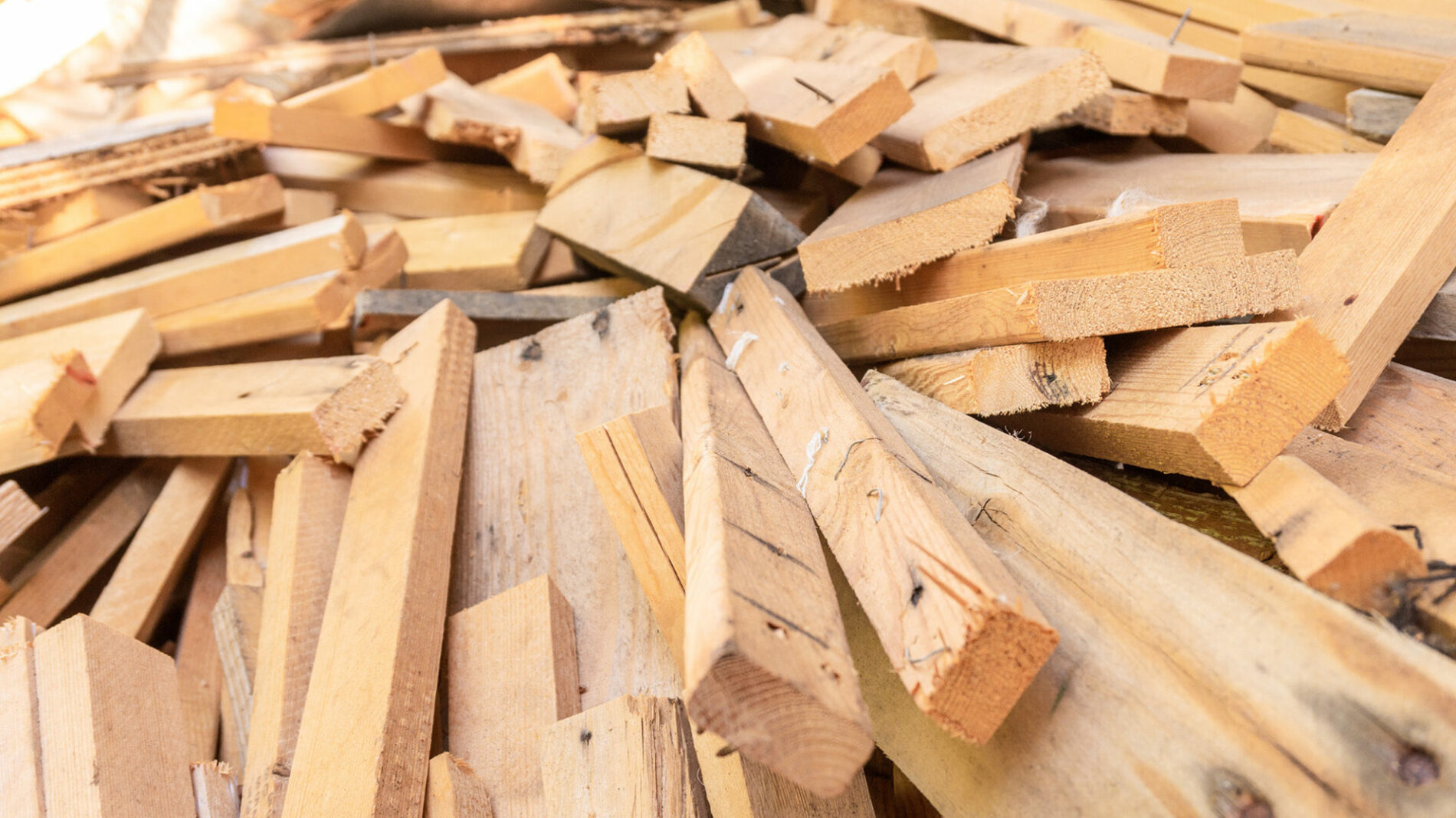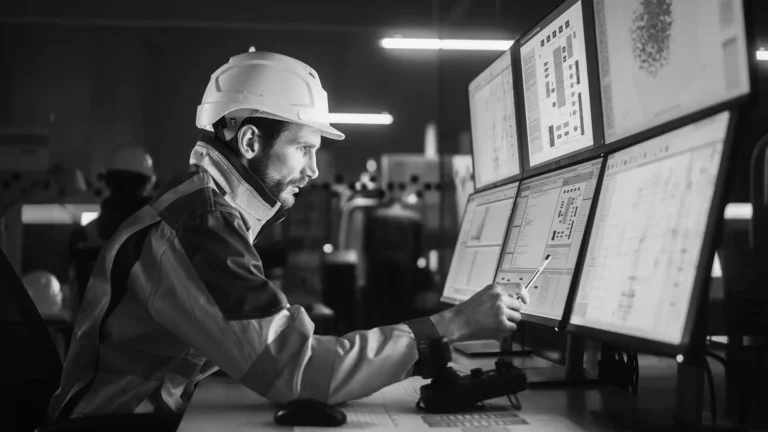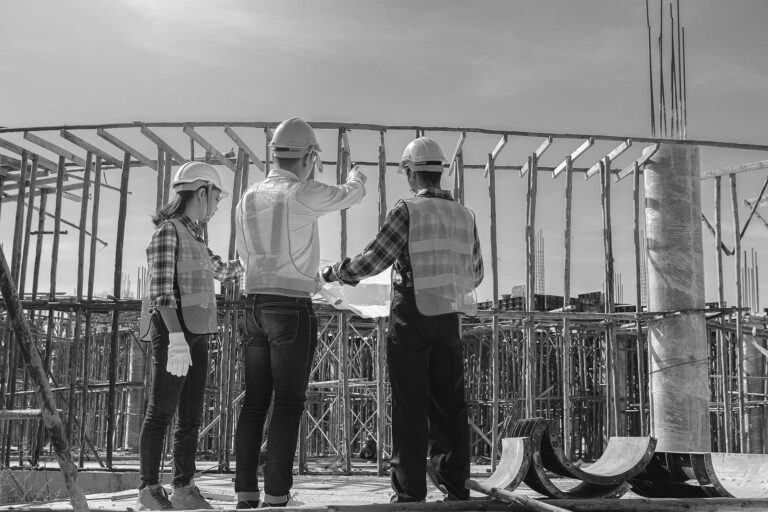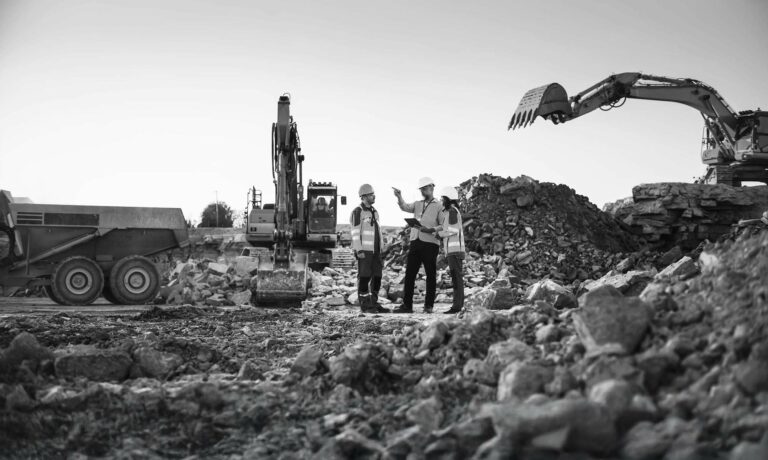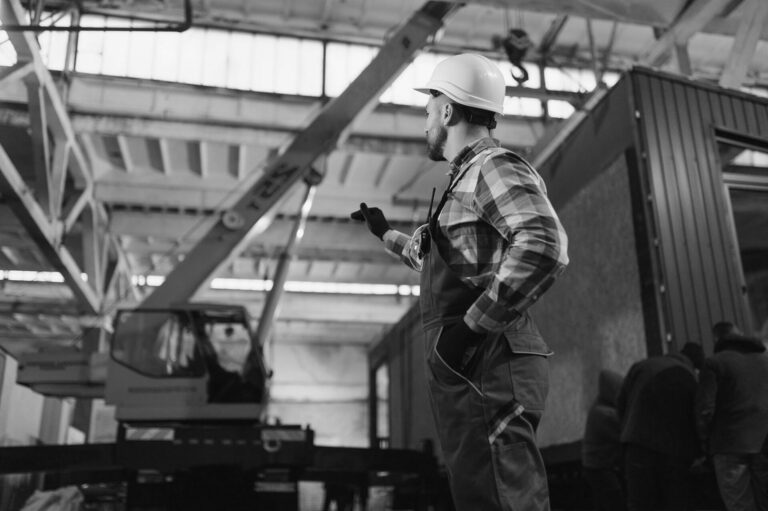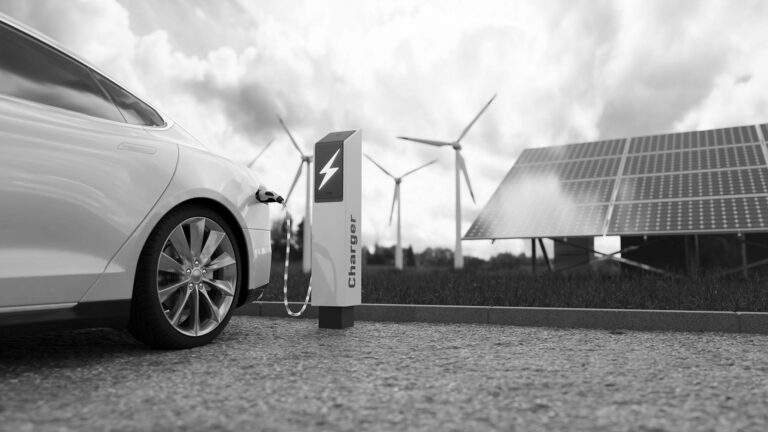Wood has been an integral part of the construction industry since time began. Its many uses have been the foundational material for structures and infrastructure in every country and civilization around the world. In fact, while steel, concrete and iron have increased in popularity over the last century, wood is still considered an integral building material. For example, the United States, Japan, and Scotland are leading exponents of wood building with as much as 85% of a new house’s construction being wooden.
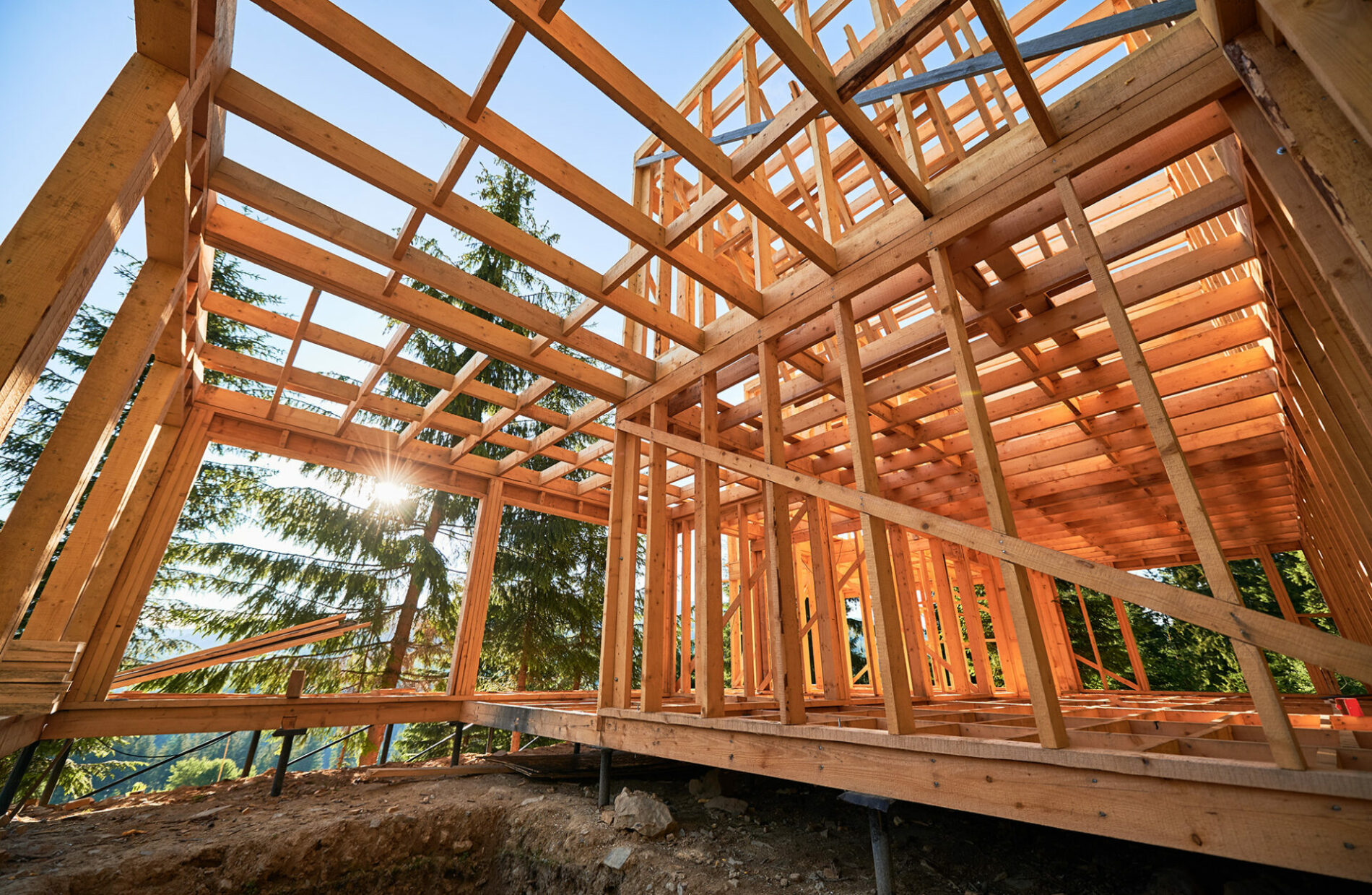
While some may presume that the use of wood in construction can lead to unsafe, weak, or cheap buildings, the opposite is true. In the past twenty years, over fifty buildings of between 7 and 24 stories have been completed. It seems as though the construction industry has come around to the possibility of using wood at scale.
This brings us to another challenge, —sustainability.
Across every sector, sustainable practices are coming into focus. More and more, businesses and industries need to readjust from traditional methods of manufacturing and production, leaving some things in the past and introducing more ecologically sound materials. Wood, being a sustainable material in itself, has benefitted from a resurgence due to this upsurge. However, the material takes time to be regrown and businesses need to do their due diligence to ensure that its wood is sourced from sustainable forests.
Alongside this, there is an ethical consideration. The benefit of trees in the natural and urban environments cannot be overstated. From rain and heat cover to habitats for numerous insects and birds, trees, and a vital element of the global ecosystem. According to data by the United Nations, the global population will increase by around 25% in the next 30 years. The number of people on our planet will rise from 7.7 billion to 9.7 billion by 2050. Given that the World Bank estimates that around 1.2 billion people currently live in substandard housing, this puts the need for additional homes into sharp focus. By 2030, the World Bank also states, this housing deficit will reach 240 million units. When we consider the amount of wood that will be required to build these homes, it seems as though we are facing an enormous challenge.
One idea has recently come about that may alleviate this burden. Every year, however, cities and towns in the U.S. lose around 36 million trees due to old age, urban development, and disease. These lost trees cost the nation around $96 million annually. Philadelphia’s Parks & Rec has recently launched the Philadelphia Reforestation Hub. According to the Parks & Rec team, the Hub will have myriad benefits. “The Hub will help the City meet its waste reduction, climate, and community impact goals. This initiative will feature a workforce development program led by PowerCorpsPHL. It will create climate career opportunities for at-risk young adults.” This first of a kind partnership will provide climate workforce training opportunities, save money on wood waste removal, and contribute to the city’s sustainability goals.
It will achieve this through a collaboration with Cambium Carbon, a Washington based company that repurposes waste wood. Cambium is a company that is fully dedicated to achieving positive change through its use of fallen wood. “With a relentless focus on sustainability, community impact, and technological advancement, Cambium is not just a company; we are a movement for change. We believe in a world where every tree matters, where wood is a force for good, and where our actions today shape a greener tomorrow.”
“With a relentless focus on sustainability, community impact, and technological advancement, Cambium is not just a company; we are a movement for change. We believe in a world where every tree matters, where wood is a force for good, and where our actions today shape a greener tomorrow.”
In the cities Reforestation Hub, Cambium will transform these fallen trees into Carbon Smart Wood, a material which stores 5.23 pounds of carbon in every plank. Not only does this initiative mean that these trees will avoid landfill, but it also ensures that the supply chain is a local one, rather than importing wood from rainforests overseas. This material will go on to be used in a multitude of settings such as desks, fences, and flooring. “We target wood impacted by the four Ds: disease, decay, disaster, and development. Instead of wood entering landfills, we partner with local arborists and millers to rescue and upcycle it. This process creates a carbon negative material.”
According to Ben Christensen, Co-founder of Cabrium, the company’s vision came about through a reimagining of traditional logging methods. “One day in 2019, while observing imported firewood at a local store, the idea for Cambium was born. We immediately began building a reimagined supply chain to transform local wood waste into viable resources, reduce wasteful consumption and help regenerate urban economies. Our business is more than just a venture; it’s a personal mission, deeply rooted in my history and our collective commitment to fight climate change.”
Not only does Cabrium utilize wood that would otherwise end up in a landfill, but its processes also incorporate a circular economy method, with much of the materials being reused. In addition to this, the company estimates that by 2050, it will have planet almost six million trees and produced 1.7 billion feet of Carbon Smart Wood which equates to 4.6 million metric tons of CO2 stored safely and sustainably. “A net-negative material, Carbon Smart Wood™ presents a significant opportunity to achieve substantial emissions reductions throughout our built environment.”
As construction grabbles with the challenge of replacing harmful materials without losing out on strength, versatility or cost, Carbon Smart Wood may be a viable answer. Here we have readymade materials that can act as carbon sinks. Additionally, this material is falling down around us every single day. It is not, however, a magic bullet. Other options that can mitigate against the enormous amounts of CO2 being pumped into our atmosphere yearly need to be found in addition to this. It does however offer a sliver of hope that innovative, and community led organizations are stepping up to play their part. For the team at Cambium, it is all about doing what it can, regardless of the personal outcomes. “Our climate mission is at the heart of everything we do. We deeply care about building a future where both people and the planet can thrive together. We are guided by a strong sense of doing what is right, even when it’s not easy or expedient. We prioritize long-term positive impact over short-term convenience.”










